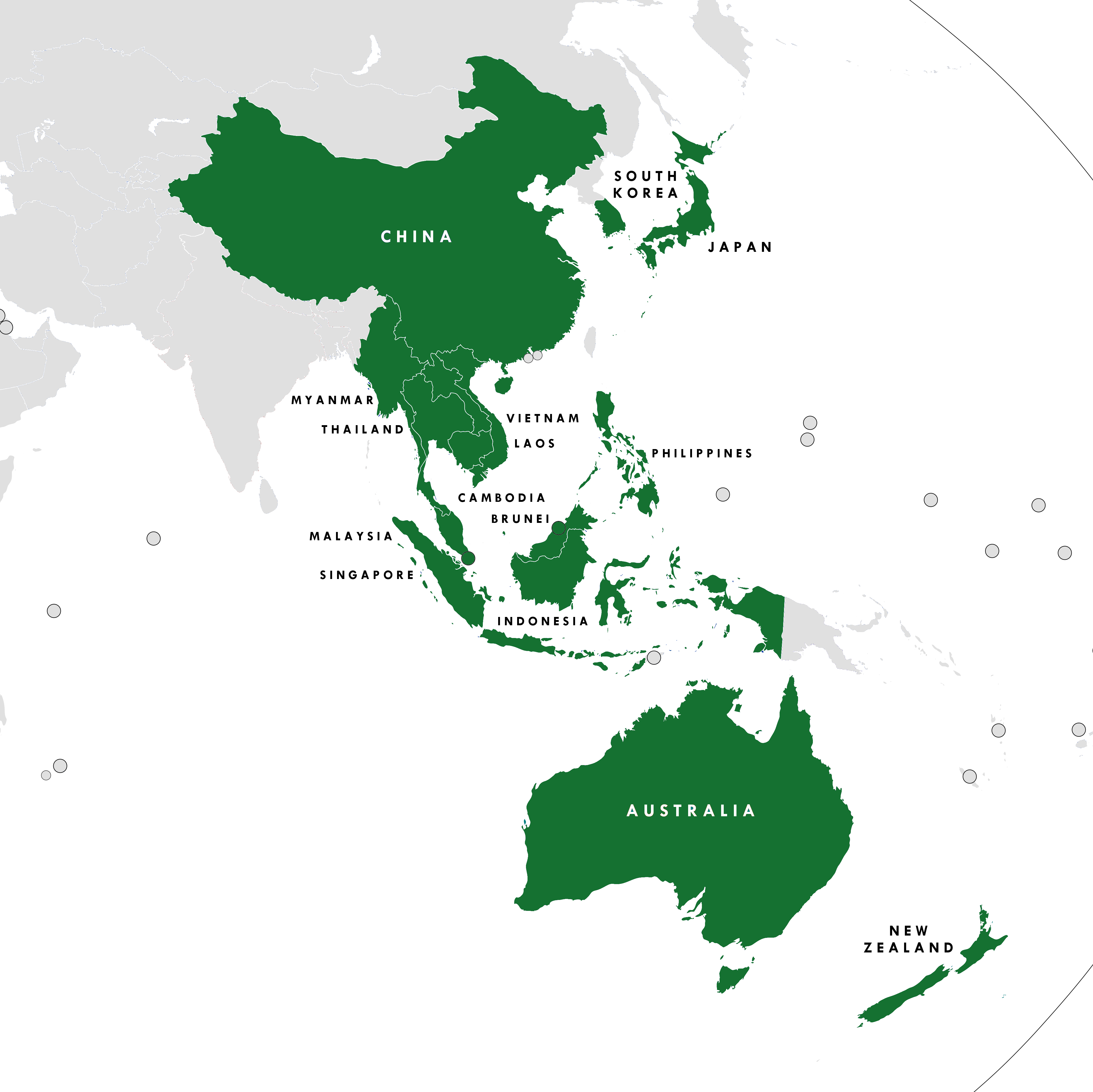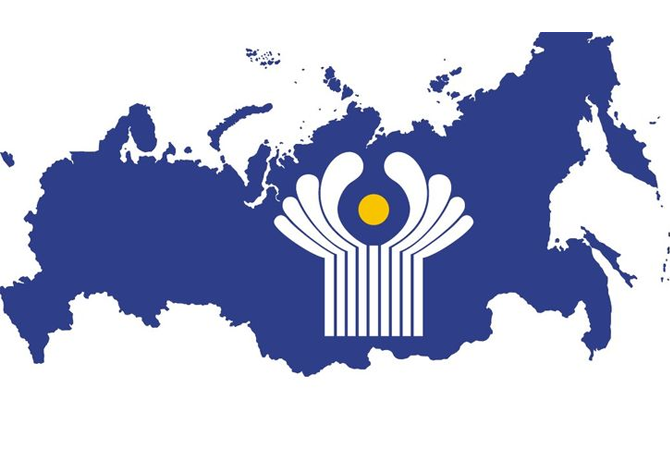
LIST OF TRADING BLOCS FREE
In 2004, the Dominican Republic joined the negotiations, and the agreement was renamed DR-CAFTA.ĭR-CAFTA together with the North American Free Trade Agreement (NAFTA) and active-bilateral free trade agreements, including the Canada-Costa Rica Free Trade Agreement, is seen as bloc agreements instead of a Free Trade Area of the Americas (FTAA) agreement. Originally, the agreement encompassed the United States and the Central American countries of Costa Rica, El Salvador, Guatemala, Honduras, and Nicaragua, and was called CAFTA. The Dominican Republic – Central America Free Trade Agreement, commonly called DR-CAFTA, is a free trade agreement (legally a treaty under international law, but not under US law). Dominican Republic – Central America Free Trade Agreement: Mexico announced that a replacement for Venezuela would be sought among interested countries, such as Panama, Ecuador and Peru.

Venezuela has since applied to join Mercosur. In April, Venezuela had also announced its plans to leave the Andean Community, after Colombia and Peru reached free trade agreements with the United States and Ecuador kept in negotiations for one. Venezuelan President Hugo Chavez announced in May 2006 that his country would withdraw from the trade bloc, due to differences with its two partners. The agreement is a third generation one, not limited to liberalising trade, but includes issues such as investment, services, government purchases, regulations to fight unfair competition, and intellectual property rights. The agreement states a ten percent tariff reduction over ten years (starting in 1995) for the trade of goods and services among its members. The G-3 is a free trade agreement between Colombia, Mexico, and Venezuela that came into effect on January 1, 1995, which created an extended market of 149 million consumers with a combined GDP (Gross domestic product) of US$486.5 billion. This move reciprocates the actions of Mercosur which granted associate membership to all the Andean Community nations by virtue of the Economic Complementarity Agreements (Free Trade agreements) signed between the CAN and individual Mercosur members. These four Mercosur members were granted associate membership by the Andean Council of Foreign Ministers meeting in an enlarged session with the Commission (of the Andean Community) on July 7, 2005.

Recently, with the new cooperation agreement with Mercosur, the Andean Community gained four new associate members: Argentina, Brazil, Paraguay and Uruguay. Venezuela announced its withdrawal in 2006, reducing the Andean Community to four member states.

In 1976, however, its membership was again reduced to five when Chile withdrew. In 1973, the pact gained its sixth member, Venezuela. The original Andean Pact was founded in 1969 by Bolivia, Chile, Colombia, Ecuador and Peru. The Andean Community has 98 million inhabitants living in an area of 4,700,000 square kilometers, whose Gross Domestic Product amounted to US$745.3 billion in 2005, including Venezuela, (who was a member at that time). Its headquarters are located in Lima, Peru. The trade bloc was called the Andean Pact until 1996 and came into existence with the signing of the Cartagena Agreement in 1969. The Andean Community is a customs union comprising the South American countries of Bolivia, Colombia, Ecuador and Peru.

LIST OF TRADING BLOCS FULL
On 1 December 2010, Uruguay became the ninth nation to ratify the UNASUR treaty, thus giving the union full legality.Īs the Constitutive Treaty enters into force on 11 March 2011, Unasur will become a legal entity during a meeting of Foreign Ministers in Mitad del Mundo, Ecuador, where they will put the foundation stone for the Secretariat Headquarters. Although the Secretariat headquarters were originally planned to be located at Quito, Ecuador, it was reported that it will probably start operating at Buenos Aires, Argentina.


 0 kommentar(er)
0 kommentar(er)
